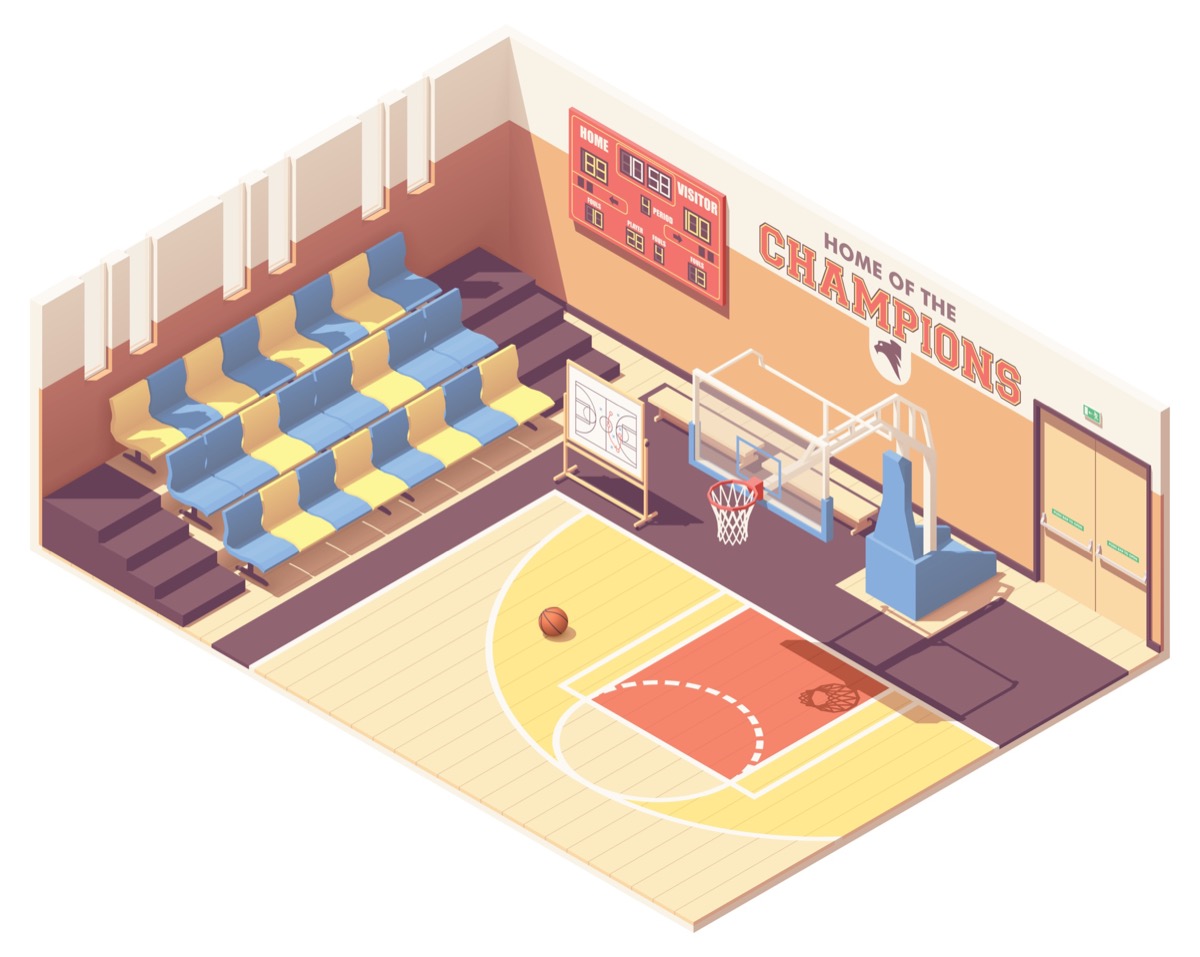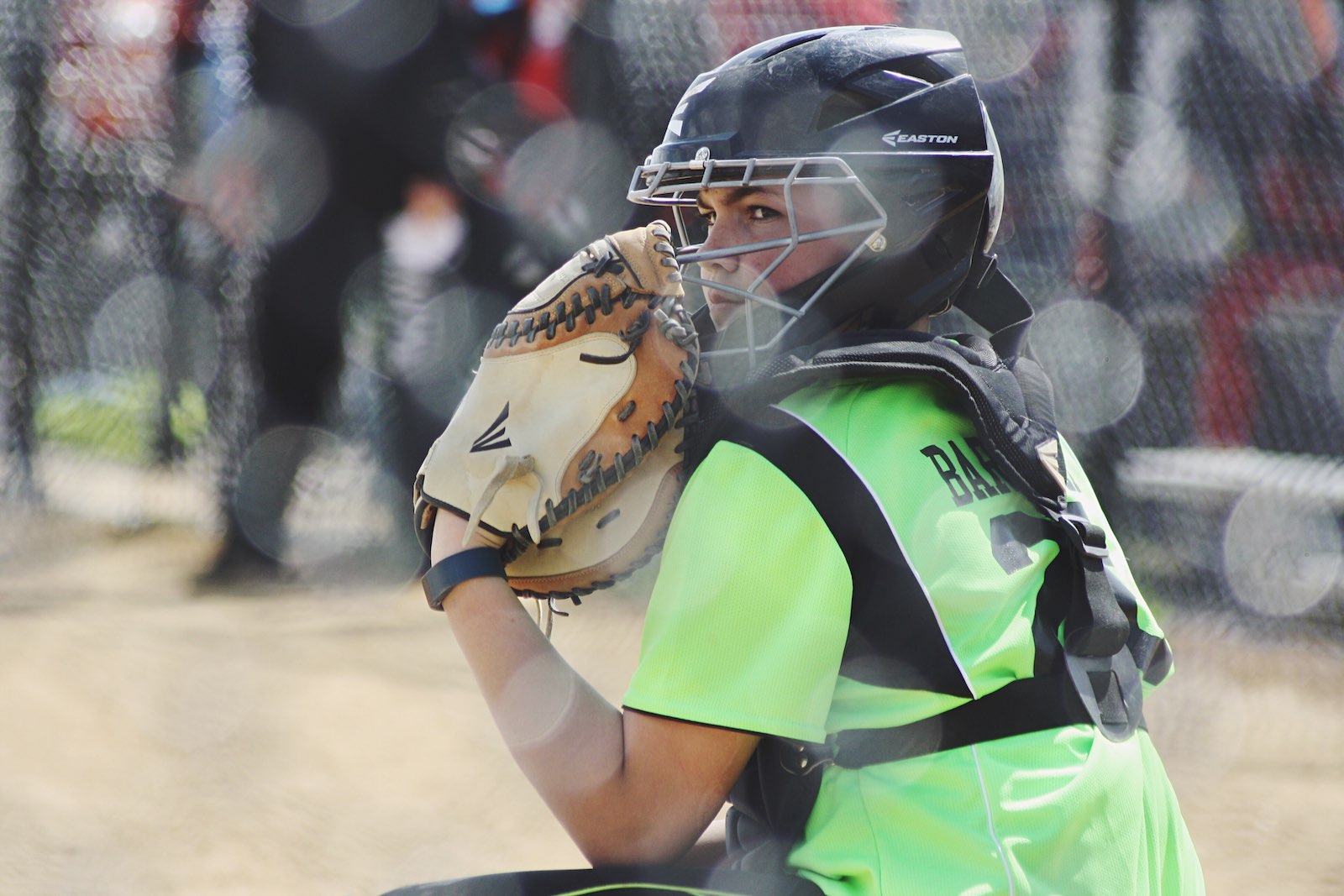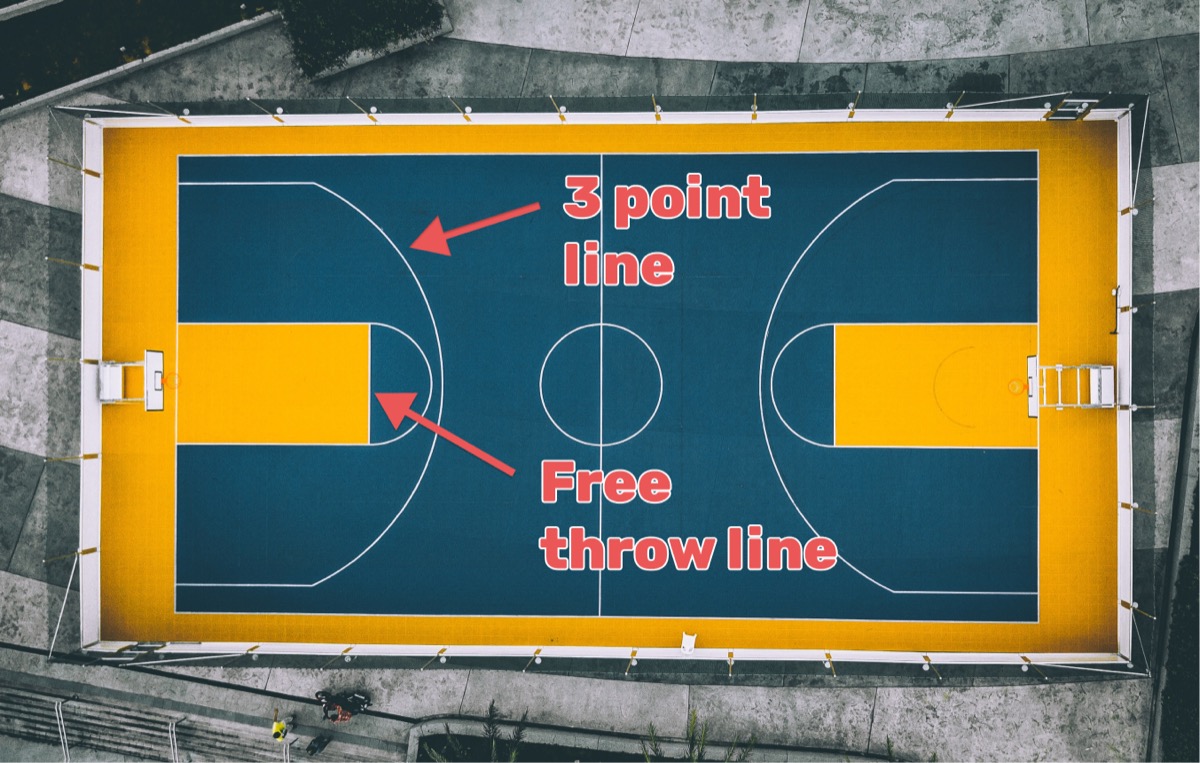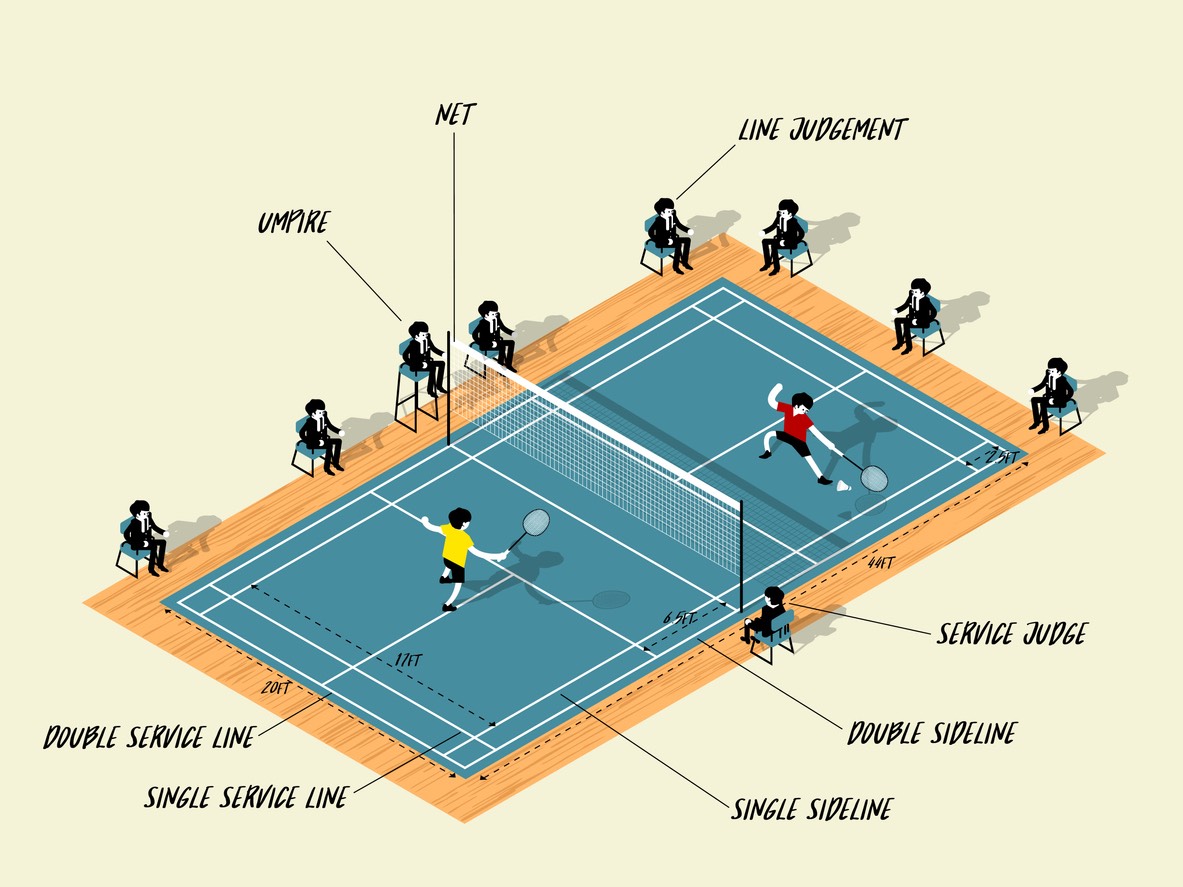Introduction

What started out as an upper-class parlour game in Victorian England, played with champagne bottle corks and cigar boxes, has since morphed into one of the world’s most accessible and ubiquitous sports. On the road to becoming an Olympic sport in 1988, table tennis’ nearly 230-year evolution spanned countries and continents and bore witness to various scientific discoveries. And fails. Including the rise and fall of celluloid, which was used to model table tennis’ first lightweight balls in the early 1900s. That is before it was banned in 2014 for its flammable properties. Lending new meaning to the term sudden death.
Today, table tennis, or ping-pong depending who you ask, primarily owes its widespread popularity and appeal to the ready availability of public playing areas — not to mention a slew of mobile device apps to point you to the nearest table — as well as the simplicity of its equipment: a paddle and a ball. Although, professional players will be quick to argue the merits of a €500 paddle.
Basics Table Tennis Scoring Rules
What table tennis lacks in barriers to entry, it more than makes up for with its intricate scoring and serving system. Not unlike its big brother tennis. Let’s start with the basics and take it from there!
Matches vs. Games
Before understanding the rules, it helps to know the difference between a game and a match. A tennis table match consists of any odd number of games, usually 5 or 7. The winner of the game is the first player to score 11 points.
The winning player must win by two points. So what happens if the score is 10-10 and one player scores a point? In this case, the player must score an additional point to win the game. This gives the opposing player another opportunity to even out the score.
After each game, the players switch table sides. The winner of the match is the player who wins the most games.

What Constitutes a Legal Serve?
Like most other sports, the first serve in table tennis is decided by chance, for example a coin toss or a paddle spin. Thereafter, servers switch after every two points scored. However, if the score is 10-10 the rules change a bit. Servers switch after each point scored until the match has been won and a new game begins.
If you’ve ever watched a table tennis game on a public table in a city park, you might think that anything goes when it comes to serving the ball. You’d be wrong. There are in fact very clear rules about how to serve:
- The ball must be visible to the opposing player at all times during the serve.
- The ball has to lie in your open palm and be tossed at least 6 inches into the air before being hit.
- The first point of contact must be the server’s side of the net and the second point of contact the opponent’s side of the table. And definitely not the net. That would amount to a let serve and would count as one of the server’s two serves.
Winning Points
Once the ball has been successfully served, the rally begins. But when does a rally end and when is a point awarded? You are probably already aware of the most obvious ways to score a point:
- If a player fails to return the ball over the net, the opposing player wins a point.
- If the ball hits the net and fails to make it to the other side of the table, the opposing player wins a point.
- If the ball is served over the net, but veers off the table, hitting the opposing player or nothing at all, the opposing player is awarded a point.
However, there are less obvious ways to win a point. For example:
- If a player’s non-playing hand touches the table during a rally, the opposing player wins a point.
- If any other body part or article of clothing touches the table or causes the playing surface to move, the opposing player wins a point.
- If a player strikes the ball more than once or with the side of the paddle, more specifically any part of the paddle that is not covered by the authorised materials, the opposing player also wins a point.
- If a player obstructs the ball, for example by attempting to return a serve before the ball hits the table, the opposing player is awarded a point.

Official Scorekeeping
Table tennis amongst friends is generally based on an honour code. Players decide amongst themselves whether a serve was good or bad and in what cases points should be awarded. As you might have guessed, that is not the case at the Olympics or the ITTF World Championships.
What the Umpire Says, Goes
During professional matches, an umpire is appointed to ensure fair play. Furthermore, it is the responsibility of players to ensure they serve and play so that the umpire is able to judge whether players are properly adhering to all the rules.
Use of scoreboards
A standard table tennis scoreboard keeps track of two things: 1. the points awarded during a game, with points being added for each player at the end of a rally and 2. the number of games won by each player during a match.
During official matches, the score is tracked on an electronic scoreboard, which indicates the number of points scored during the current rally, the number of matches won, and the current server. But what if you’re playing a match with friends at your neighbourhood table?
Using KeepTheScore for Table Tennis
KeepTheScore is working on bringing you more scoreboard for all your sporting needs! Although we do not currently offer an official table tennis scoreboard, here’s a quick workaround you can use to create one using our multi-sport scoreboard.
- Click the button above
- Chose your players names and insert them under home team and away team.
- Scroll down a bit further to Options and select: Show fouls. Under Labels change the wordle FOULS to GAMES. When you scroll back up to your scoreboard, you will see the word games under each players’ name
- Now you can manually add the number of games each player has won.
Table tennis scoring is complicated enough. Keeping track of points doesn't have to be!
Frequently Asked Questions
How many points do you need to win a table tennis game?
You need to score 11 points to win a game, but you must win by a two-point margin.
How many games are in a table tennis match?
A match typically consists of an odd number of games, usually 5 or 7.
How often do players switch serves in table tennis?
Players switch serves every two points, except when the score is 10-10, where they switch after each point.
What is a let serve in table tennis?
A let serve occurs when the ball touches the net during a serve but still lands on the opponent's side.
Can you touch the table during a table tennis rally?
No, touching the table with your non-playing hand or any other body part results in a point for your opponent.
How high must you toss the ball during a table tennis serve?
The ball must be tossed at least 6 inches (15.25 cm) into the air during a serve.
Is it legal to hit the ball with the side of the paddle in table tennis?
No, hitting the ball with any part of the paddle not covered by authorized materials is illegal.
How do players determine who serves first in table tennis?
The first serve is typically decided by chance, such as a coin toss or paddle spin.
What happens if the score reaches 10-10 in table tennis?
If the score reaches 10-10, players continue until one player has a two-point lead.
Can you obstruct the ball in table tennis?
No, obstructing the ball, such as trying to return a serve before it bounces, results in a point for your opponent.








